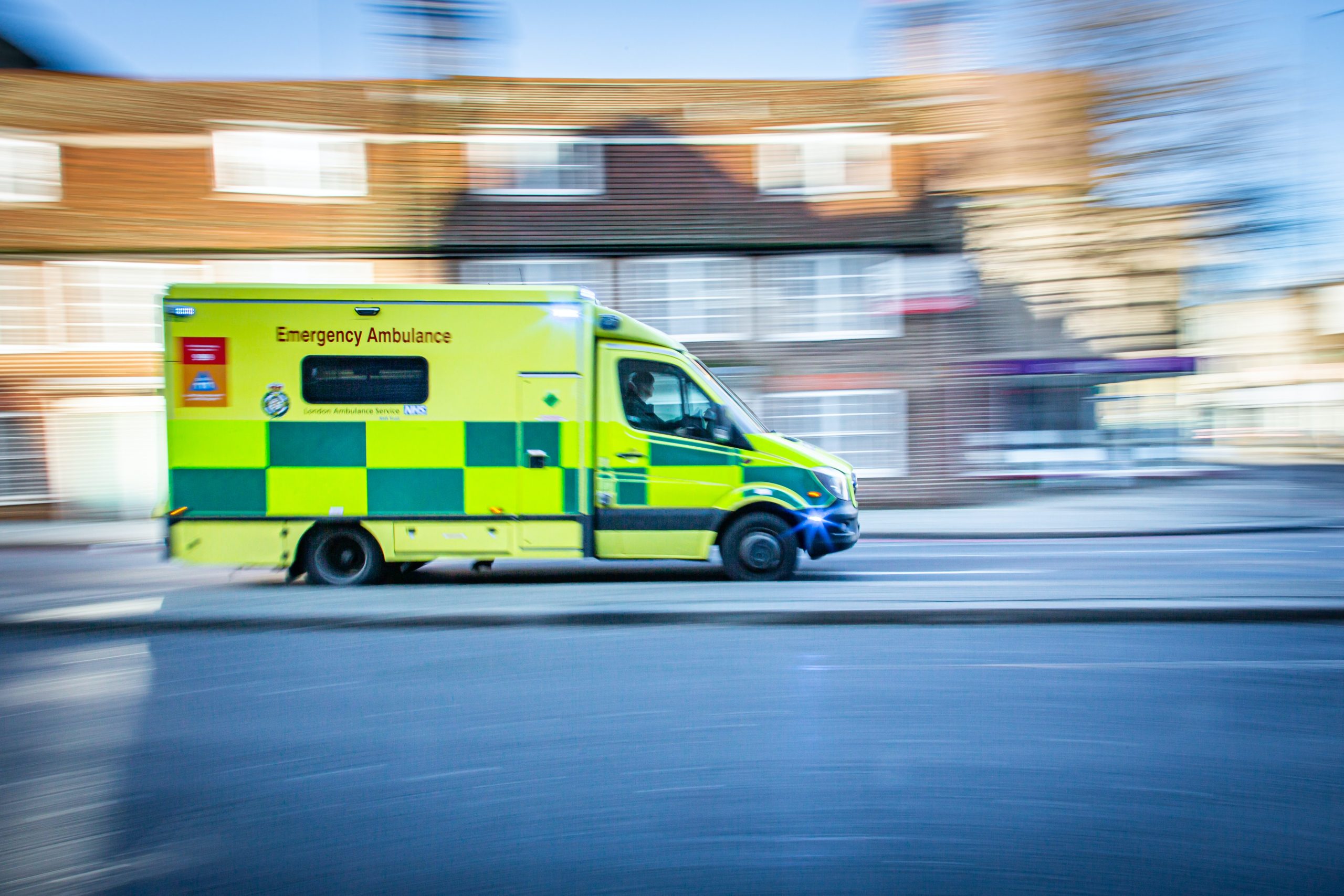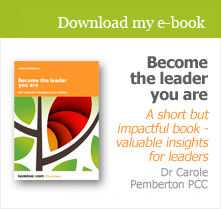A journey through risk

A sudden threat
It happened from one second to the next – no warning signs, no previous indications that anything was wrong. From simply feeling dizzy I found myself on the floor, having come round 15 minutes after losing consciousness. By amazing good fortune, I was discovered – which probably saved my life.
An emergency admission to hospital, and subsequent investigations, revealed internal bleeding, which was patched up while a decision was made about the best way forward. The date for surgery initially planned for two or three weeks away was brought nearer and nearer as the doctors became more and more concerned about the possibility of a recurrence and the potential negative consequences.
Surgery was carried out successfully, which saved my life for the second time – and, apart from now not having as much of my insides as I’d had previously, everything has been resolved and I’m back to good health.
I had rarely been ill in my life, my most serious complaint having been a bad cold.
Until the surgery had been completed and pronounced successful, and the biopsy showed there was no ongoing problem, the nature of what my life was to be was at the extreme end of uncertainty, with a possible threat to it.
Acceptance, resilience and presence
I’ve reflected at some length on how I travelled the journey from collapse through to recovery, and I see in retrospect that there are a number of key factors. Being present to my own experience without resisting it, and accepting both the experience and the situation on a moment-by-moment basis, have, I realise, been central.
I see that only by ‘being with’ what was happening could I have any of the awareness and freedom that offered me choice about how to respond to it. Strangely, I didn’t at any point feel frightened: maybe the acceptance took the fear away. I feel sure that my years of mindfulness practice accounted for my capacity to accept, and to face in to all the available facts and the possible outcomes.
I also felt (and still feel) immensely and genuinely grateful all the way through, and I imagine that will have influenced my state of mind too.
Just as significant in nourishing what some people referred to as my resilience were the most extraordinary and limitless support, caring and love from those close to me, my confidence in excellent, communicative and attentive medical care (thank you Royal Free Hospital and University College Hospital in London), and the kindness and care of countless friends, colleagues and family members.
A viral effect
During my hospital stay and afterwards I’ve been struck by how many people remarked on my effect on them, and what they referred to as my calm, my serenity and my positivity. Until then, I hadn’t quite realised the extent to which my demeanour impacted on the people taking care of me. My close family remarked on how easy I made it for them as we moved through the steps of tests, uncertainty, decisions, surgery, more uncertainty and its outcomes. Nursing staff said I inspired them through particularly tricky, unpredictable or critical moments. Porters said they wished they had my attitude to uncertainty and risk. And one of the surgeons who operated on me mentioned how rewarding the case had been for him.
These reactions have brought home forcibly to me the power of genuinely seeing the good in situations and constantly feeling grateful: it really is viral, and really does impact the way other people feel and what they see in their environments and those they work with and for. It was returned to me in the shape of warmth, caring and compassion, which will have contributed to my positivity of mind and body.
Learning for leaders
I’ve been reflecting too on lessons for leaders that might be inherent in this story. Heaven knows their working lives are filled with risk and uncertainty, in a context of high stakes.
Every action, every tone of voice, every conversation has an impact – and the impact of those actions, tones of voice and conversations will be rooted in the leader’s underlying values, beliefs, motivations and emotions, not simply from the words or actions themselves. These are what their people will experience, and what will carry them through situations that are uncertain or threatening.
The leader who’s present will be able to pick up trends, currents, and feelings around them – and will be able to tune in to their own authentic responses to people and situations, and thus manage those responses in full awareness.
The leader who accepts mindfully that things are as they are will be realistic and very likely have more insight than the leader who resists a situation they wish was otherwise. They’ll feel calmer too, and that will be viral.
The leader who’s appreciative, supportive and caring (and who encourages that sort of culture) will have a workforce with high levels of engagement, discretionary effort, effectivenes and customer satisfaction.
Leaders who have this level of self-awareness and systemic awareness, and the capacity for emotional self-management, will sow the seeds of building organisational health, flourishing and success in a climate of risk.


